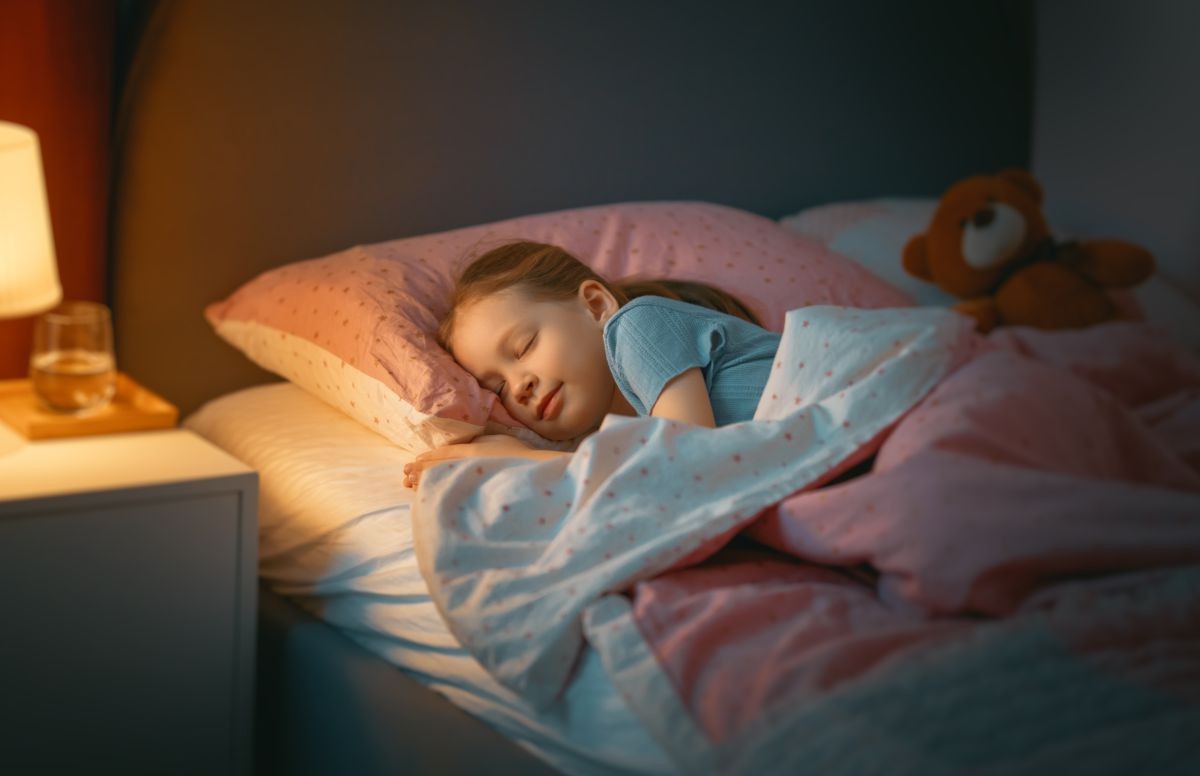Published - Mon, 11 Apr 2022

Sleep majorly impacts everyone’s life and has a major role in improving quality of life
What is the role of sleep?
Good quality, uninterrupted sound sleep is essential to maintaining good health. Lack of quality sleep negatively affects mental as well as physical health. Research has proved that poor sleep can cause poor concentration, memory loss, weak immunity, increased risk of developing diabetes, high blood pressure, and associated risk of heart diseases are also increased.
Not only this, studies have shown that if you don’t sleep well, the anti-diabetic or antihypertensive medicines don’t work effectively necessitating an increase in the dose of drugs. Whereas, good deep sleep improves metabolism, enhances immunity, and regulates blood pressure changes. Circadian rhythm The body’s internal process naturally regulates the sleep-wake cycle in response to light and dark environments and repeats itself every 24 hours. Different body organs are also reacting according to this internal biological clock, for example, the lungs are maximally active in the early mornings [4 am to 6 am], that is why if deep breathing exercises are performed at this time, they effectively help increase the lung capacity and improve lung function. Similarly, sleep is also affected by this clock.
Is there any time that would help in sleeping better?
It's better if one sleeps between 9 pm to 10 pm till 5 – 6 am to have good health. The entire energy forces are working together in reviving the various organs of the body, so sleeping at this time helps in healing and rejuvenation of the body, thereby improving overall health. The body is prepared to take rest at this time, eating or having food at this time disturbs the normal pattern. It put extra stress on the system to digest food at this time, which may negatively affect the metabolism processes leading to health issues in the long run Snoring and sleep apnoea is a sleep disorder characterized by interrupted breathing during sleep resulting in repeated awakenings.
It is commonly seen in obese individuals where breathing repeatedly stops and starts again and presents as snoring or periodic gasping for air while sleeping. This issue is increasingly observed in the younger generation too nowadays. Snoring is characteristically seen as a sign of aging, so you should be worried about snoring… since it implies that you are aging faster…
How do you improve the quality of sleep?
1. Have a light meal at dinner and consume it early, at least 3 hours before going to bed.
Late-night heavy meals and excessive eating followed by sleeping immediately put pressure on the diaphragm which may cause breathing difficulty and Snoring, hence affecting sleep quality
2. Respect your biological clock
3. Stay away from electronic devices before going to bed
4. Have enough water till 6 pm, don’t consume more water late in the evening .
Created by
Comments (0)
Search
Popular categories
Latest blogs

All you need to know about Syphilis
Tue, 15 Nov 2022

What is Pemphigus Vulgaris?
Tue, 15 Nov 2022

Know about Scorpion Stings
Sat, 12 Nov 2022

Write a public review